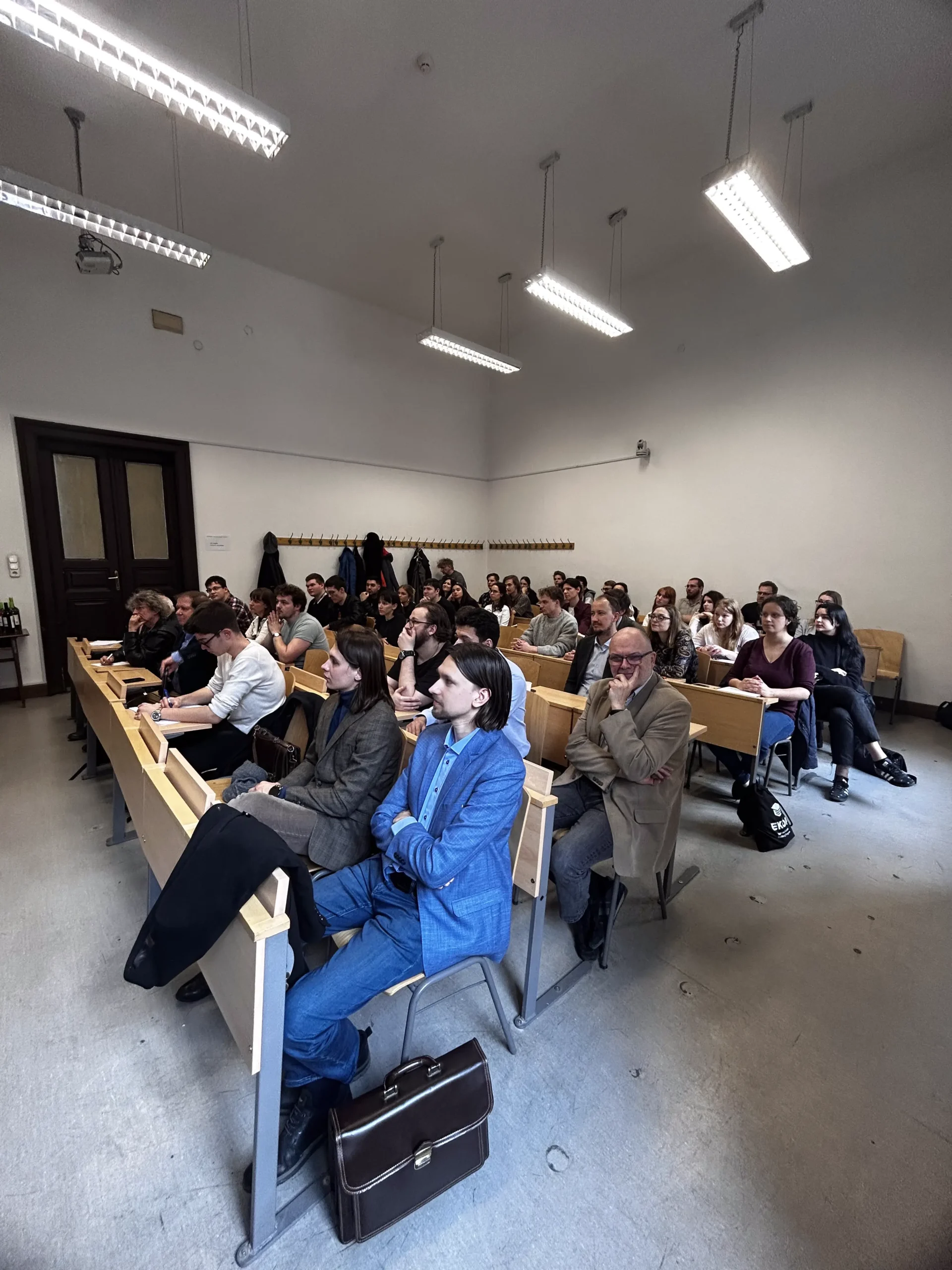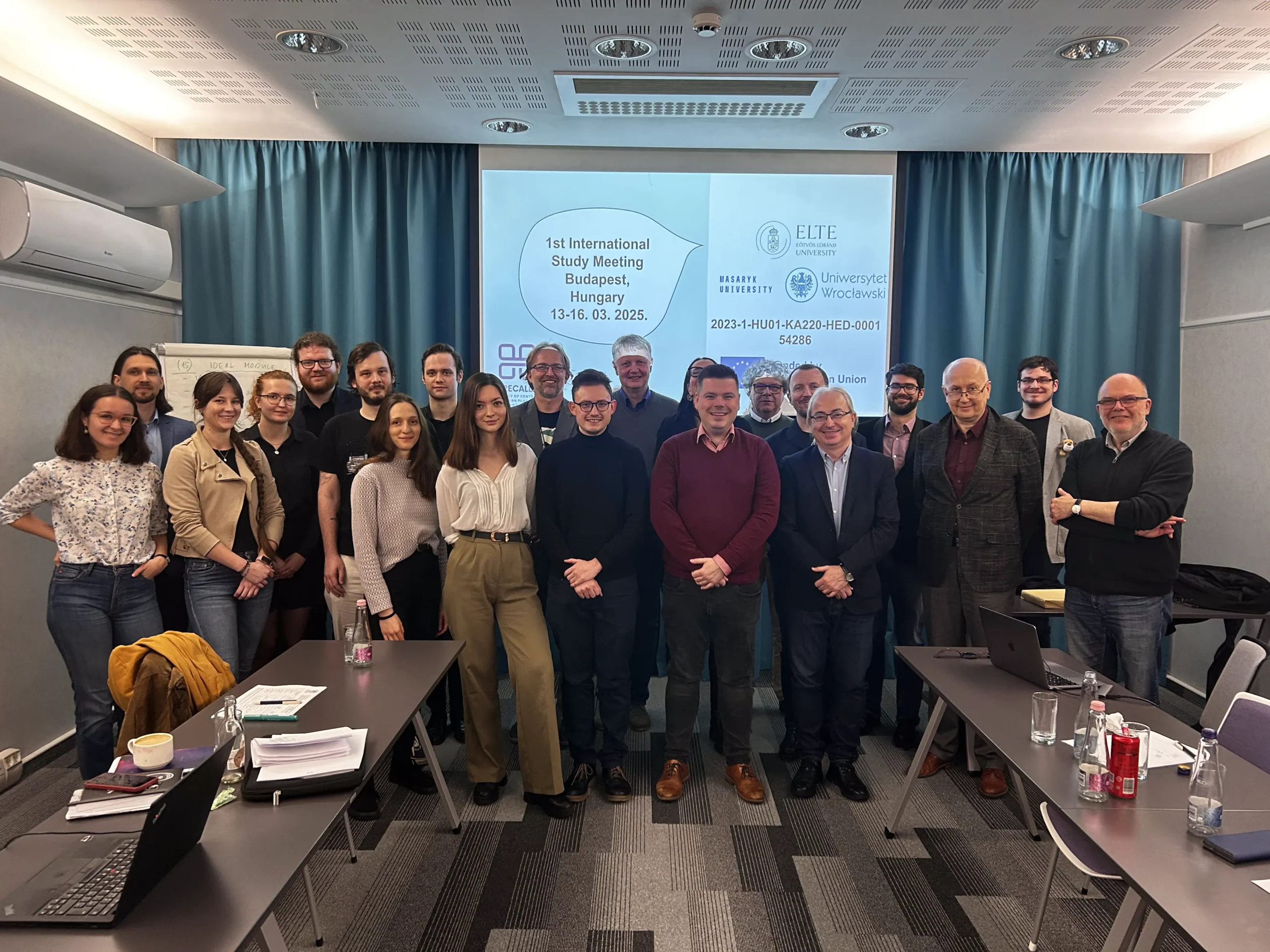Peasant uprising due to cholera epidemic – 1831 – Széphalom
Fact of the Hungarian figure „Semmelweis – Saviour of mothers”
Part of the „Pandemics” topic
The cholera epidemic of 1831 had a profound impact on Central Europe, particularly in regions like Eperjesenyicke (Haniska), now part of Slovakia. The disease not only caused immense loss of life but also triggered social unrest, most notably peasant uprisings. The 1831 uprising in the Slovak and Rusyn-inhabited areas, sparked by the fear and distrust of the authorities, was a direct reaction to the cholera epidemic, though it also stemmed from deeper social grievances within the feudal system.
Cholera, caused by the bacterium Vibrio cholerae, had only been recognized as a specific disease decades later by Robert Koch, but in 1831, it was poorly understood. As the epidemic spread from India through Russia to Central Europe, it reached Hungary and Slovakia, leading to significant outbreaks in rural communities. The response of the local authorities was often ineffective or perceived as malevolent, especially when quarantine measures and strict hygiene regulations were imposed. These actions were viewed suspiciously by the already oppressed peasantry, leading to widespread rumors that the elites were poisoning them, culminating in violent confrontations.
In Central Europe, the disease illuminated the interconnectedness of the region. Trade routes and military campaigns facilitated the rapid spread of cholera, with one of the most significant factors being the deployment of Russian troops during the Polish Uprising of 1830. Cholera, brought by these soldiers, quickly crossed borders, spreading through Poland and into Hungary by 1831. As the epidemic ravaged the region, Hungary’s government, led by Emperor Francis, enacted quarantine measures. However, these were lifted prematurely in the spring of 1831, allowing the epidemic to sweep through the population.
The peasant uprising in Slovakia was not an isolated event. Across Hungary, similar revolts occurred, highlighting the inherent weaknesses of the feudal system and the growing discontent among the lower classes. By the time the epidemic subsided, nearly half a million people in Hungary had contracted the disease, with tens of thousands, including prominent figures like the language reformer Ferenc Kazinczy, losing their lives. The cholera epidemic and the uprisings it fueled would later serve as catalysts for reformist movements, particularly among the young liberal politicians of the time, including Lajos Kossuth, who saw firsthand the devastating effects of both disease and social inequality.





